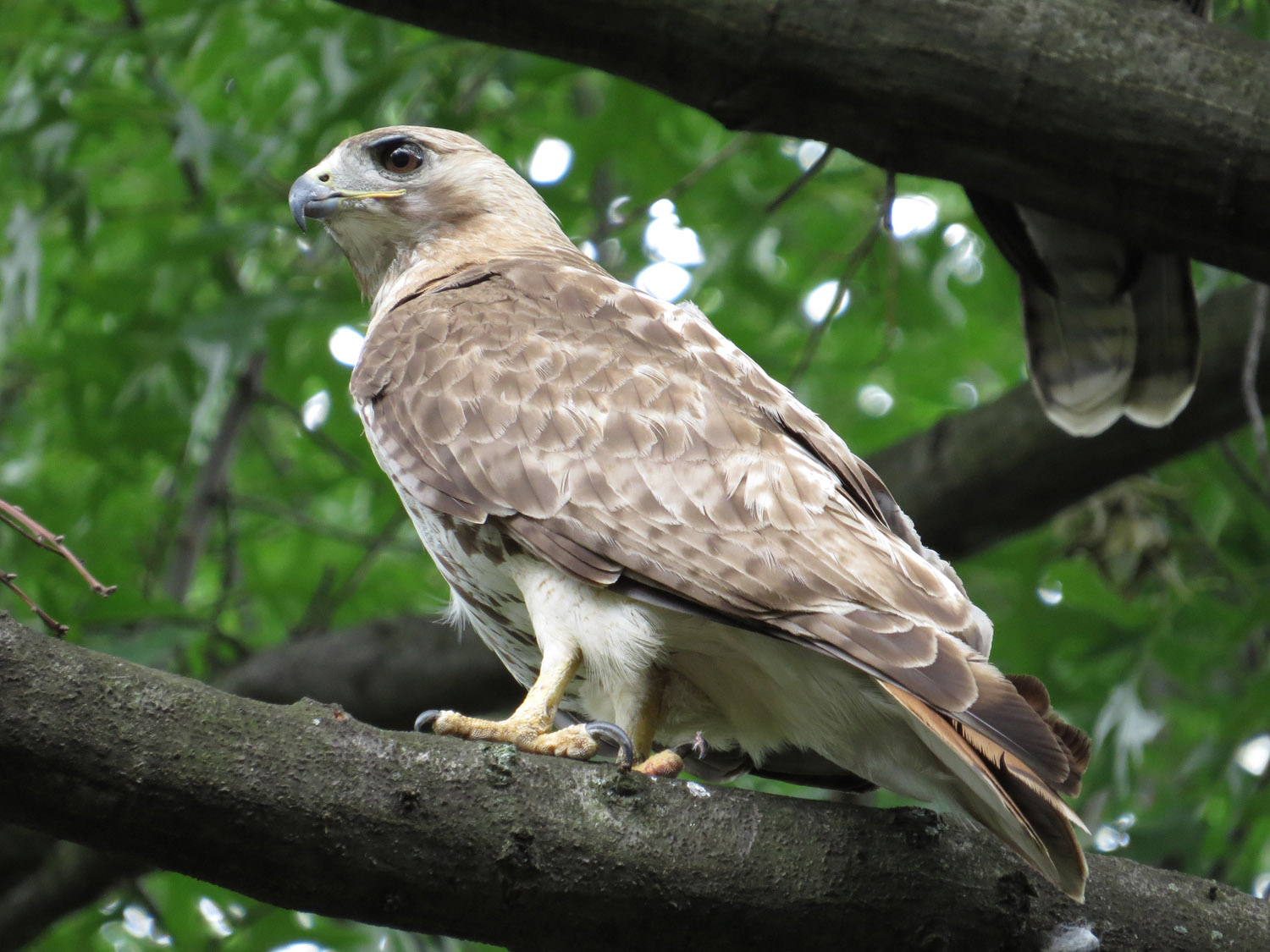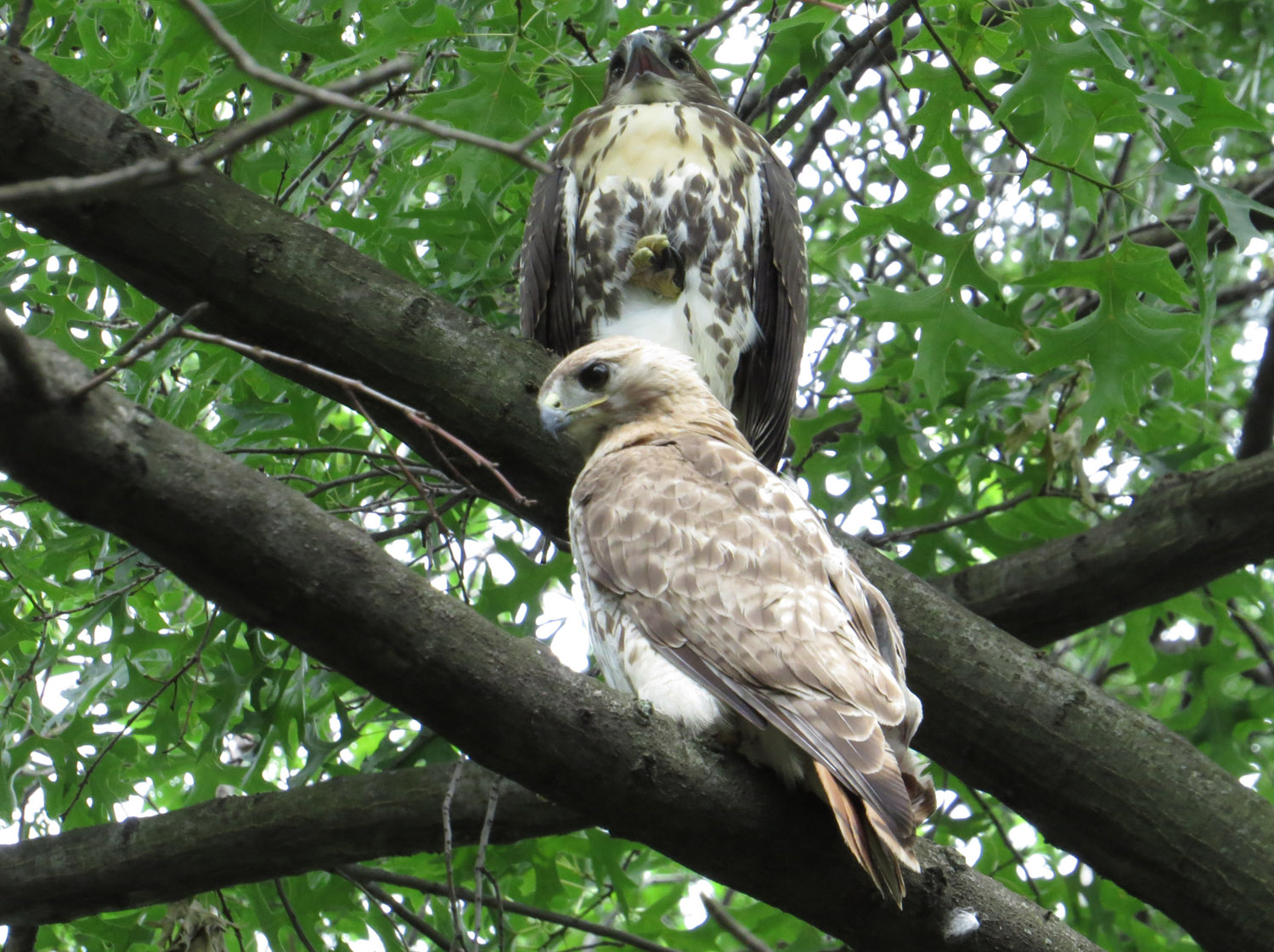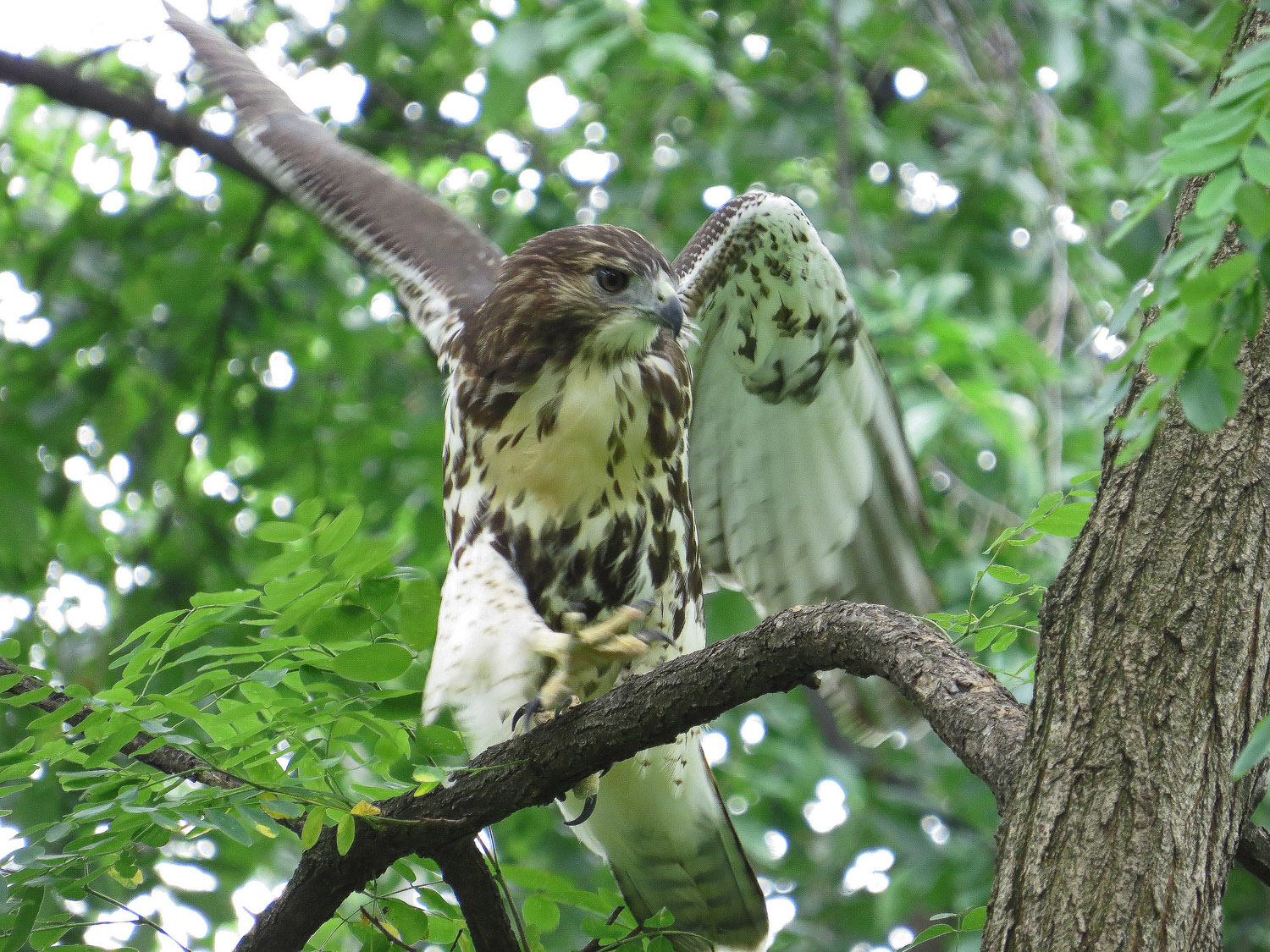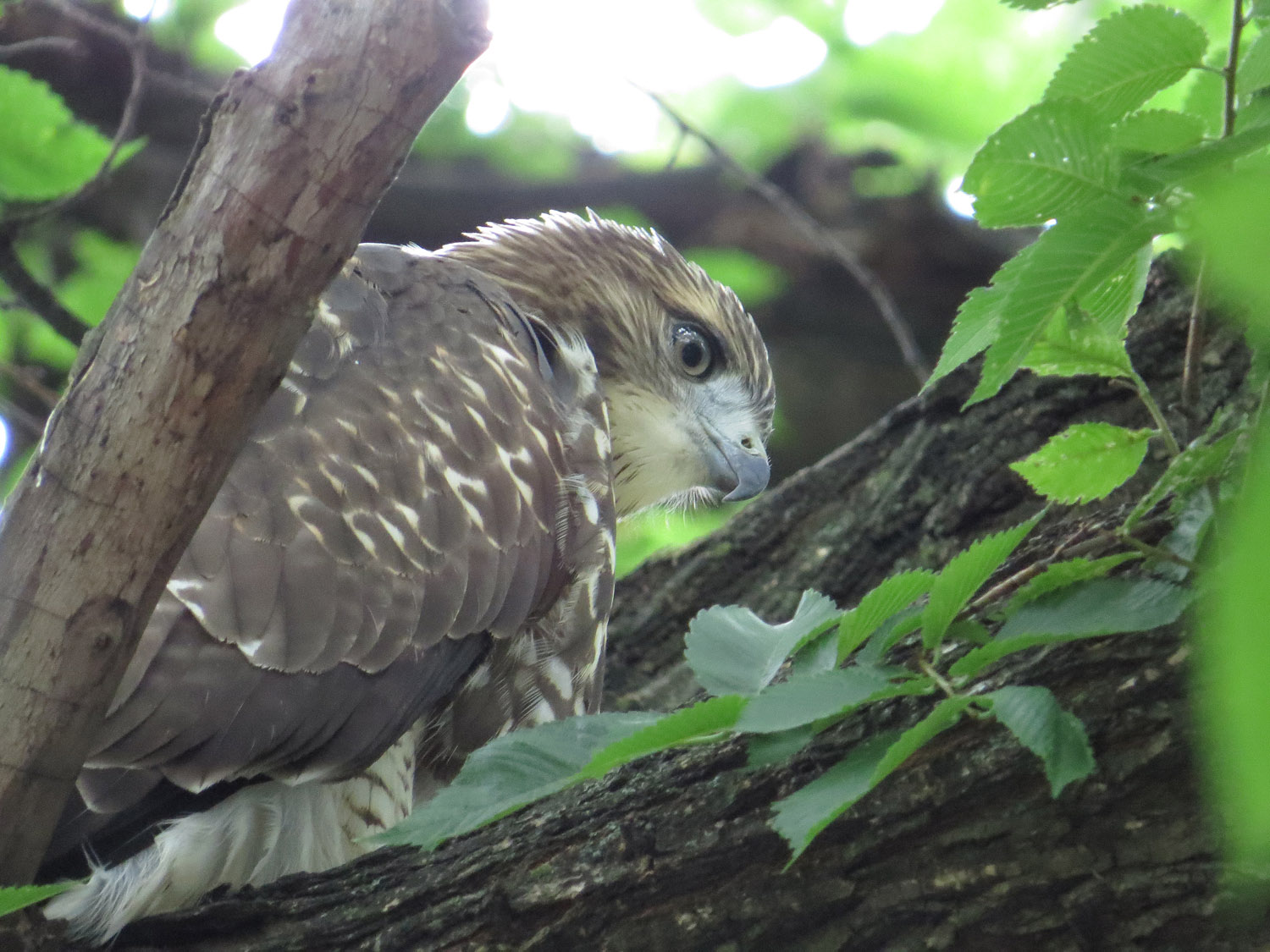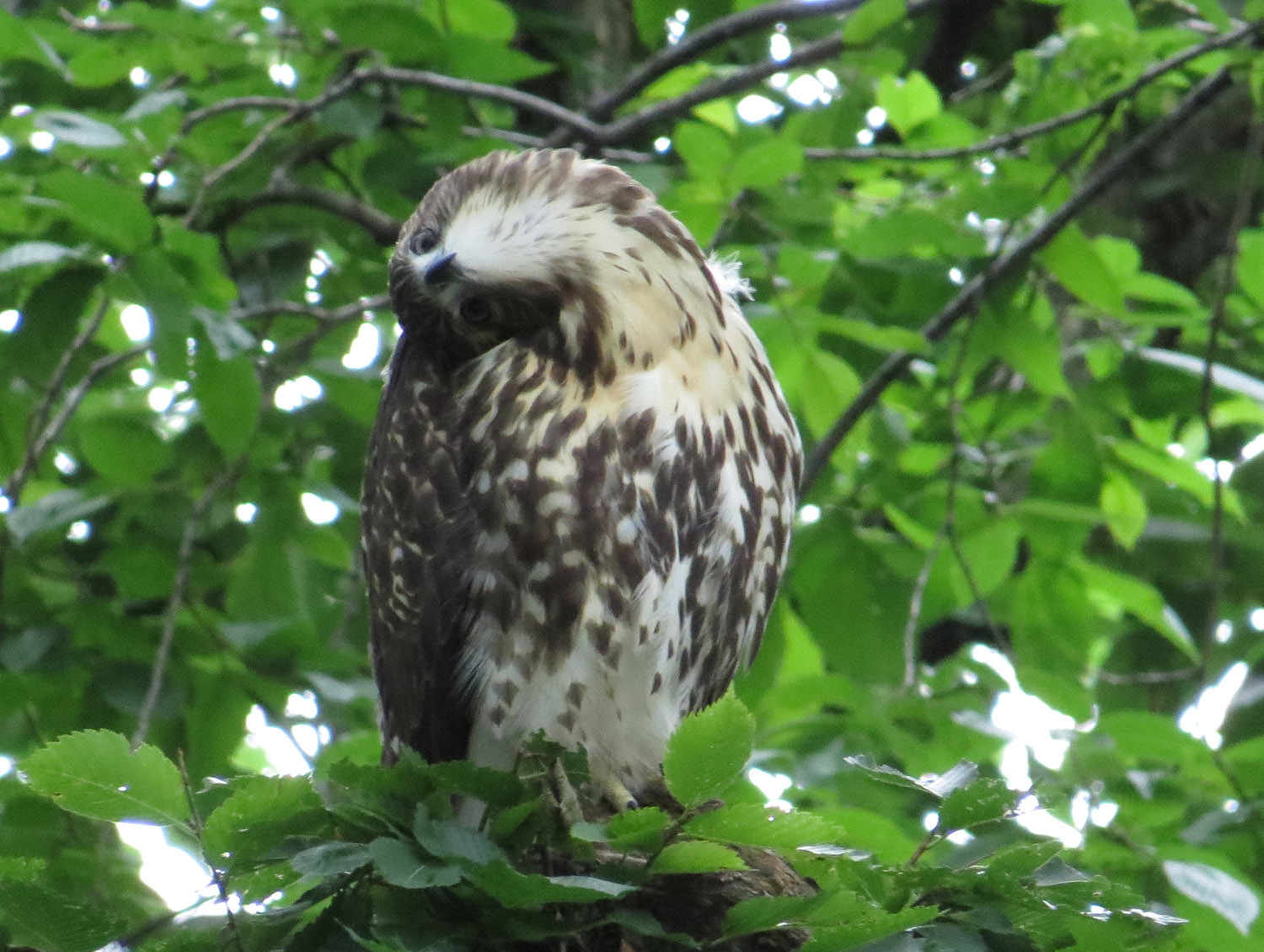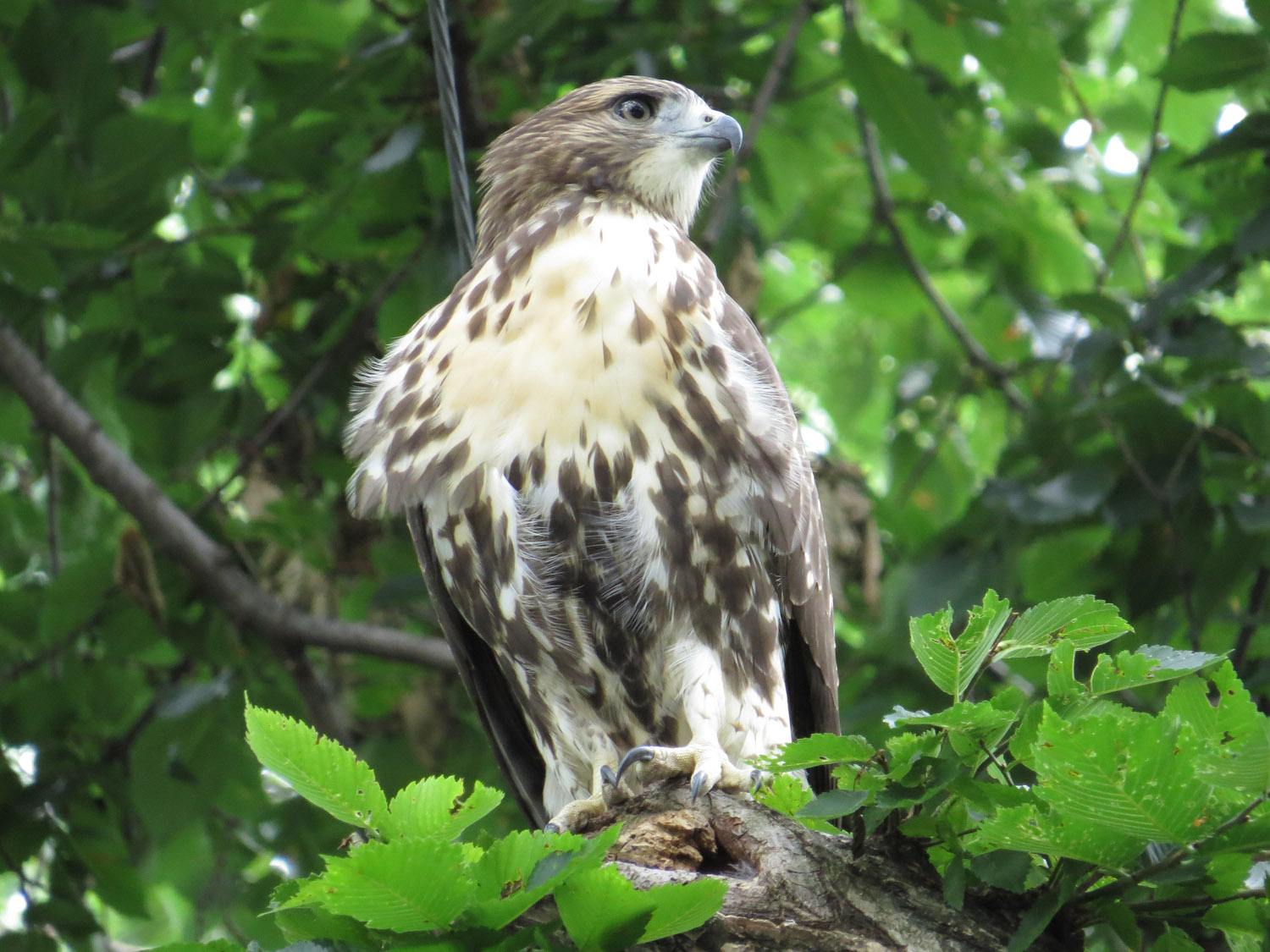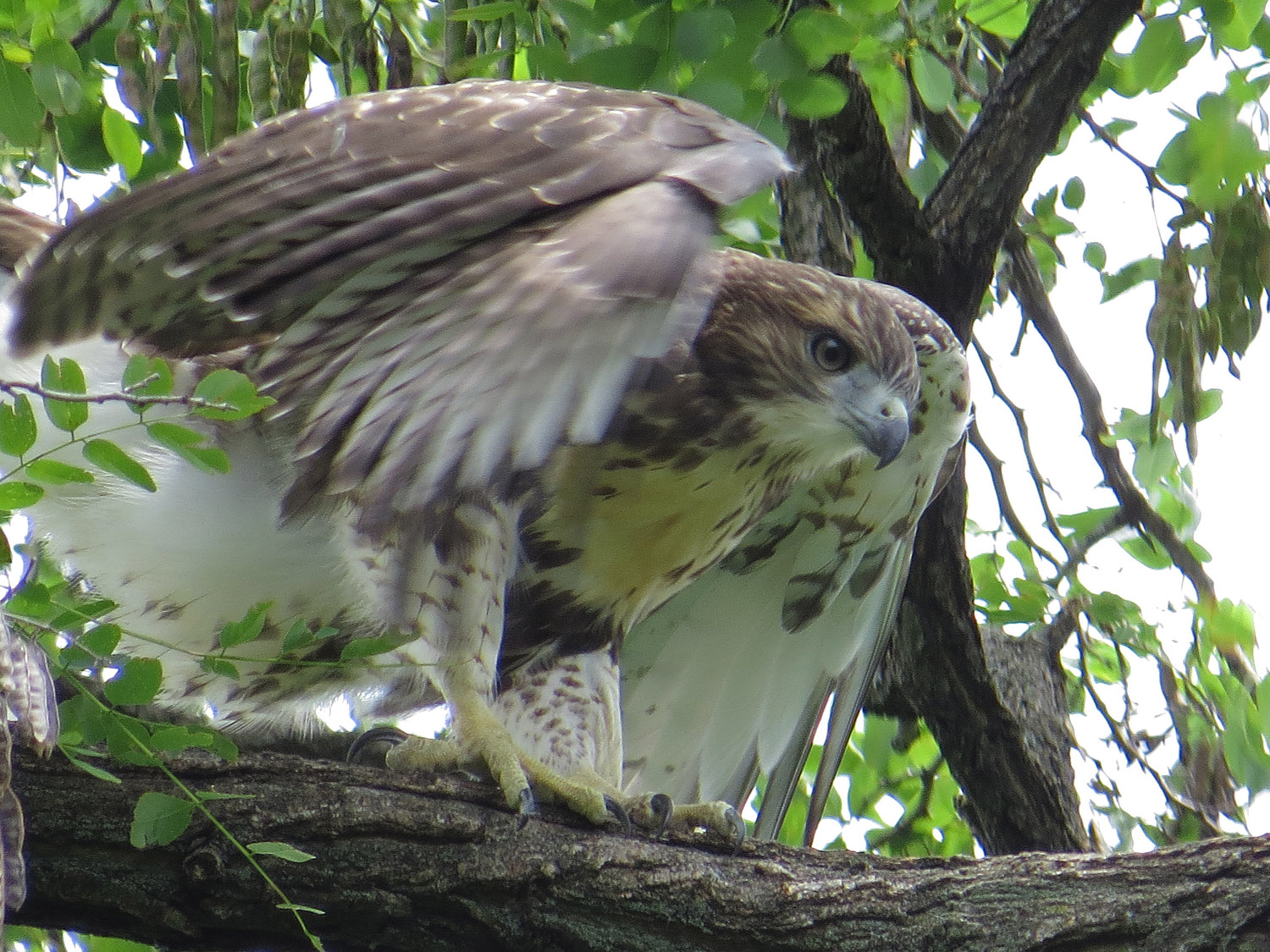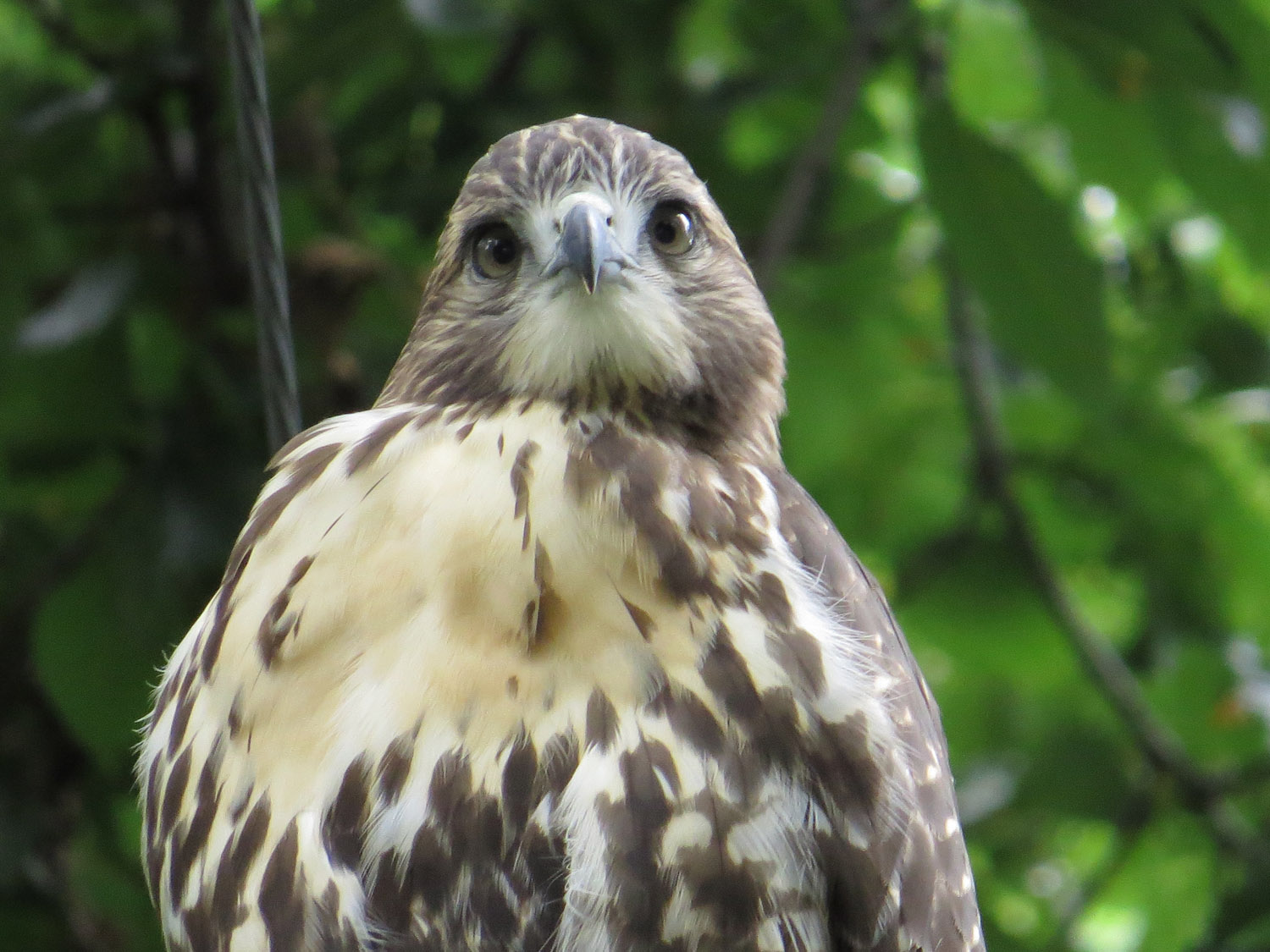I've been going to Tompkins Square Park a lot to see the five red-tailed hawks (two adults and three youngsters), and they have been wildly entertaining. I've posted other videos and photos of these hawks, but am now putting together a series of videos featuring them.
Tompkins Square Park, July 1, 2016
I'm trying to give a sense of the hawks, how they behave, play, hunt, eat and just hang around. My camera is not great for capturing flight shots or action video, but I do what I can. As with all of my videos, watch what you want, skip around, enjoy them for what they are. They are long, but are sort of a documentation.
These videos are from July 1 (the day I thought I saw rat poison being put out), July 2, July 8 and July 10. I will be adding more later in another posting. I decided not to use music (except music playing in the park), so you'll hear either silence (when my conversation or that of others was particularly inane) or park sounds.
These photos are from July 1. Photos from the other three days will be added to this posting later (still going through them). The first photo is from a smaller little garden area just east of Tompkins Square Park. The fence surrounding the little garden is decorated with art, apparently from found objects. Just delightful. The second photo is of Christo, the red-tailed father. The third photo shows one of his offspring on a branch above him. The offspring is bigger!



